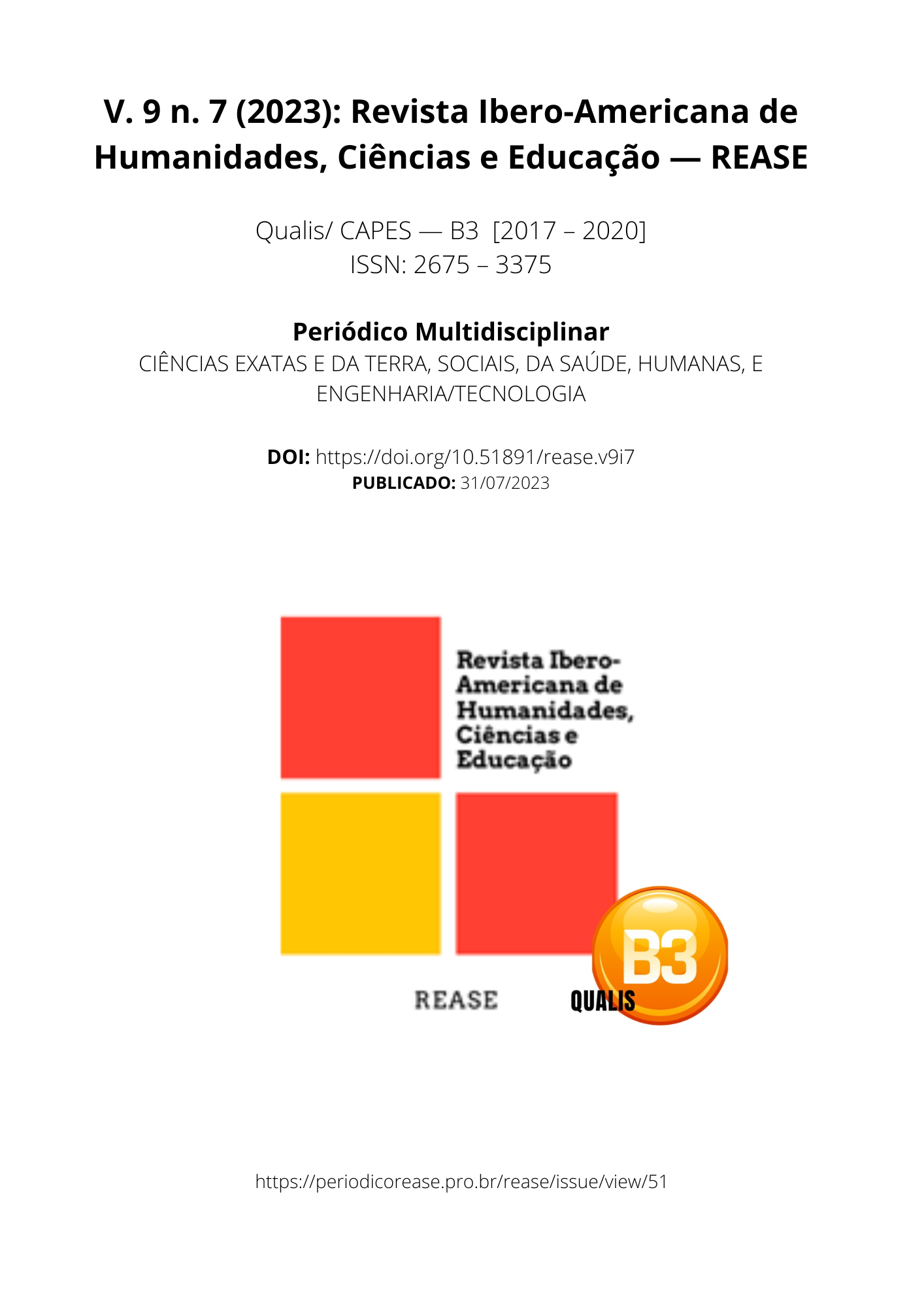RECENT ADVANCES IN THE DIAGNOSIS AND TREATMENT OF DERMATOLOGICAL DISEASES: AN UPDATED REVIEW
DOI:
https://doi.org/10.51891/rease.v9i7.10692Keywords:
Dermatological Innovations. Treatment Personalization. Targeted Therapies.Abstract
In recent years, dermatology has experienced significant advances in the diagnosis and treatment of a variety of skin conditions. This updated review highlights the innovations and approaches that are transforming dermatology practice, resulting in better clinical outcomes and substantial improvements in patients' quality of life. One of the main areas of progress is the personalization of treatment, where genetic factors, biomarkers and clinical data are considered to create therapeutic approaches tailored to the individual needs of patients. This has led to more effective results and optimization of response to treatment. Furthermore, the integration of biopsychosocial approaches recognizes the importance of mental and emotional health in dermatology, seeking to address both the physical symptoms and the psychosocial concerns of patients. Targeted therapies and immunotherapies have revolutionized the treatment of conditions such as skin cancer and autoimmune diseases, offering remarkable results and long-lasting responses. The incorporation of emerging technologies such as nanotechnology in drug delivery is enabling controlled and targeted release of therapeutic agents, improving treatment efficacy and reducing unwanted side effects. These advances have a profound impact on patients' quality of life, alleviating troublesome symptoms, improving self-esteem and confidence, reducing social stigma, and alleviating the emotional burden associated with skin conditions. The patient-centric approach and continuous pursuit of innovations are shaping a new landscape in dermatology where patients can expect more effective results and an overall improvement in their health and well-being. With continued collaboration between healthcare professionals and advances in research, dermatology continues to evolve, offering promising hope for a brighter future for those affected by dermatologic diseases.
Downloads
Downloads
Published
How to Cite
Issue
Section
Categories
License
Atribuição CC BY

